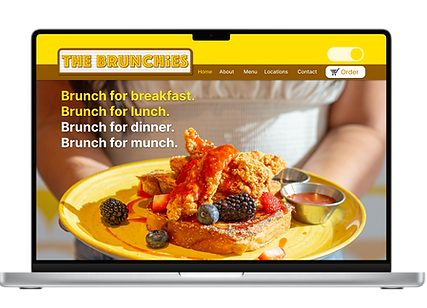JobSprint
Bridging the Gap Between Students and Employment
01. Project Objective
Many students face significant barriers when transitioning into the job market. Our goal was to create a digital solution that helps students develop essential job skills, access relevant career resources, and build their professional networks.



02. Research
Key Problems Identified
Research Methodology
-
Many students struggle with creating resumes, networking, preparing for interviews, and negotiating job offers.
-
Lack of awareness about real-world job expectations leads to hesitation and missed opportunities.
-
Students often lack knowledge of community support programs and have difficulty finding relevant job opportunities.
-
Quantitative Research: Online survey with students from various academic levels.
Key Findings

80%
80% of students attempted to find a job in their field.

76%
76% felt unprepared for the job market.

48%
To 48% networking was the most in-demand feature.

03. Ideation
To generate potential solutions, we conducted a rapid ideation session based on our research insights. This allowed us to explore multiple approaches quickly and creatively. To prioritize the most effective solutions, we used an Impact-Effort Matrix, which helped us identify high-impact solutions that were feasible within our constraints.
Prioritized Solutions
Job Preparation Support
Networking & Mentorship
Internship & Volunteer Opportunities
Interactive learning
04. Solution

We created JobSprint, a mobile app designed to help students bridge the gap between academics and employment by providing interactive learning, career-building resources, and networking opportunities
Key features
-
Interactive videos, quizzes, and articles for skill development.
-
Curated job postings for internships and entry-level roles.
-
Networking event listings to encourage student-industry connections
-
Career tracking dashboard to help students monitor their progress
05. Principles
Design Principles
-
Consistency - Maintaining uniform UI patterns for a seamless user experience.
-
Accessibility - Ensuring compliance with WCAG guidelines for inclusivity.
-
Scalability - Designing a flexible system that can expand with new features.
Visual Representation
-
Icons and Color Codes to make navigation intuitive.
-
Simple and Clean Layout to enhance usability.
-
Clear Hierarchy to guide users efficiently.

06. Prototyping & Iteration
Version 1 - Initial Prototype
-
The header color blended into the background, making navigation unclear.
-
The skills carousel was difficult to use due to low visibility.


Version 2 - Improved Prototype


-
Changed the header color to the company’s signature orange for better contrast.
-
Enhanced visibility of the skills section, making the interactive scrolling more intuitive.

